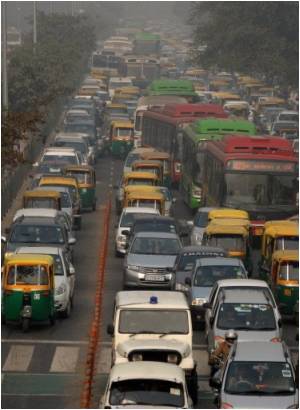First global map has suggested that climate change will have greatest impact on the population least responsible for causing the problem.

Now, Jason Samson of the McGill University's Department of Natural Resource Sciences has taken the innovative step of using the same analytic tools to measure the impact of climate change on human populations.
Samson and fellow researchers combined climate change data with censuses covering close to 97 per-cent of the world's population in order to forecast potential changes in local populations for 2050.
Samson's team found that if populations continue to increase at the expected rates, those who are likely to be the most vulnerable to climate change are the people living in low-latitude, hot regions of the world, places like central South America, the Arabian Peninsula and much of Africa.
In these areas, a relatively small increase in temperature will have serious consequences on a region's ability to sustain a growing population.
"It makes sense that the low latitude tropical regions should be more vulnerable because the people there already experience extremely hot conditions which make agriculture challenging. An increase in temperature over the next few decades will only make their lives more difficult in a variety of ways," said Samson.
Advertisement
Because the spread of human populations along with their activities are already more constrained by the cooler conditions in these regions, the researchers expect that climate change will have less of an impact on people living in these areas.
Advertisement
Source-ANI









